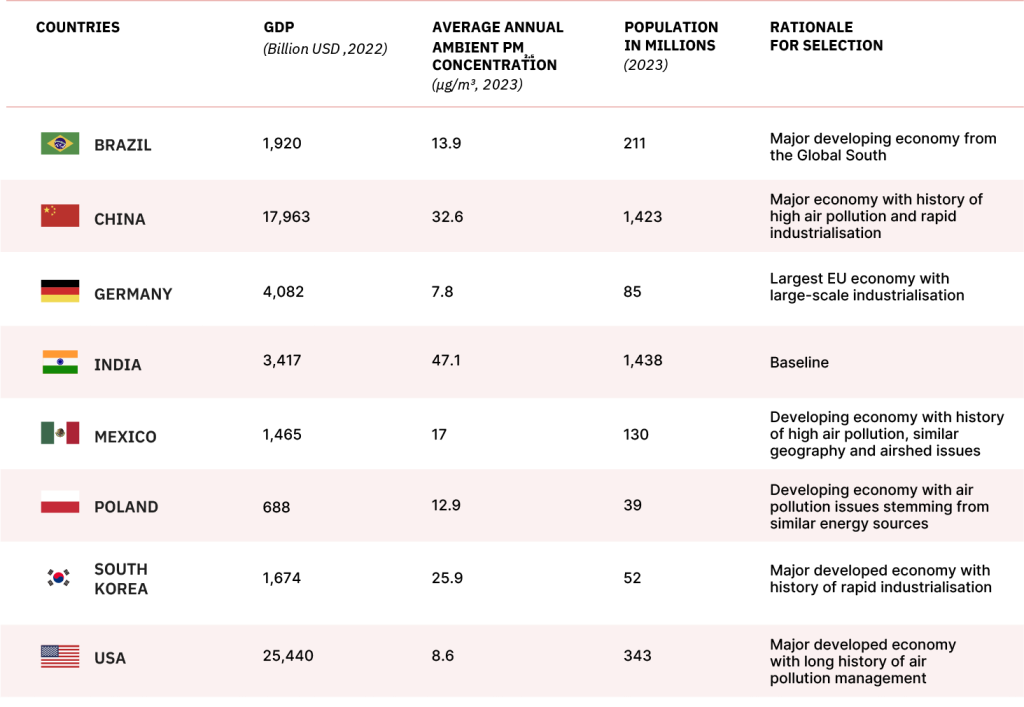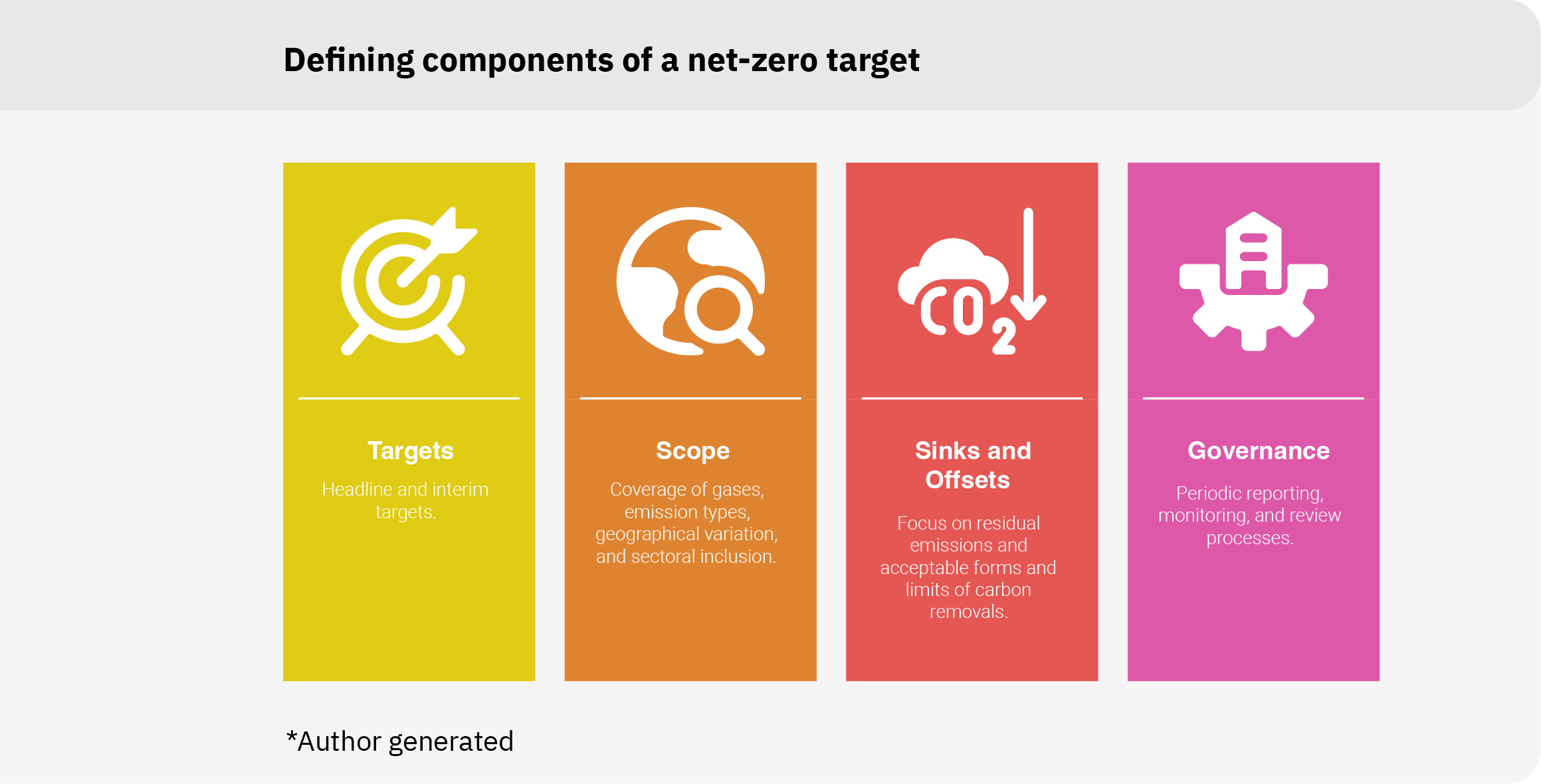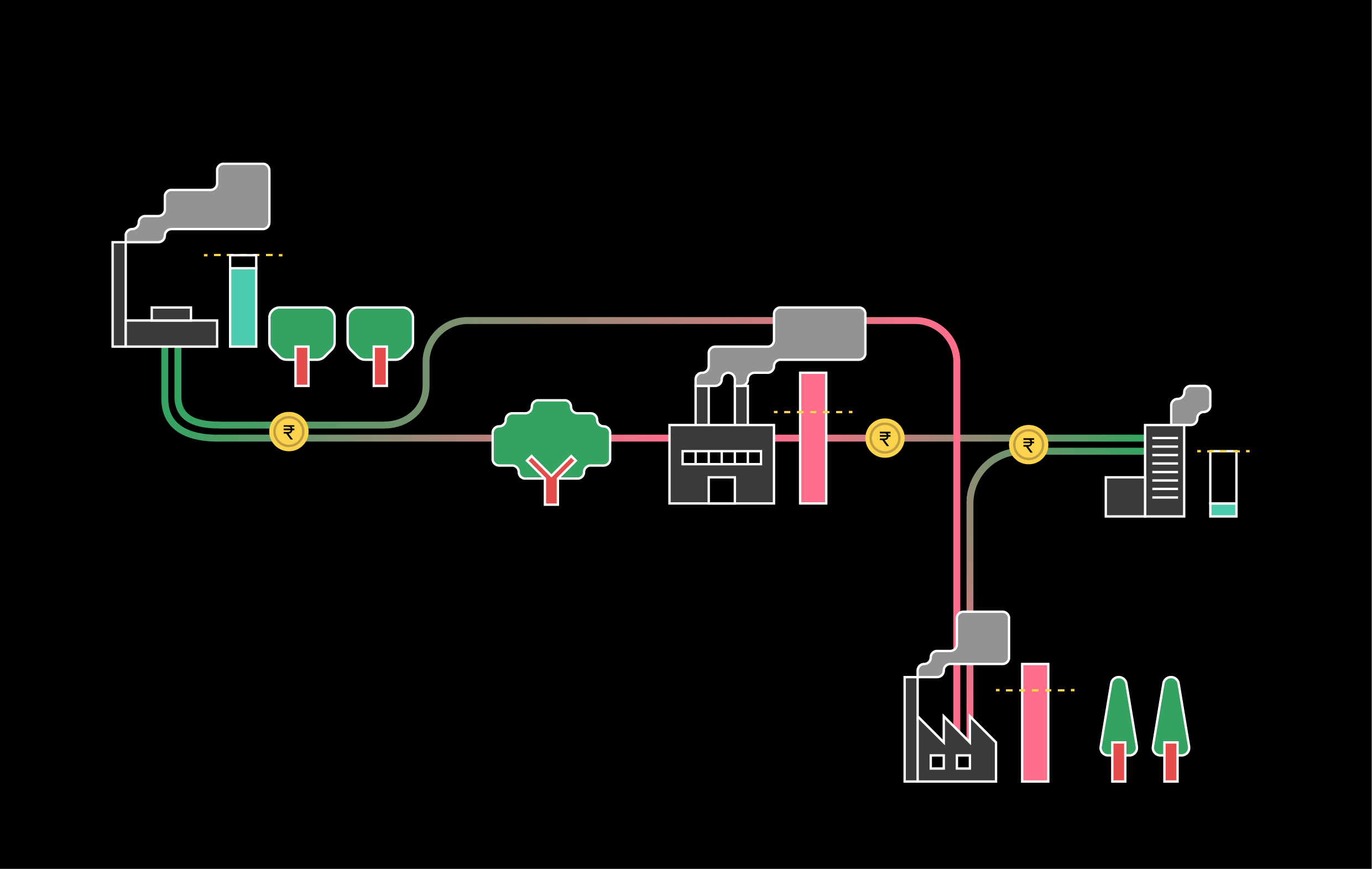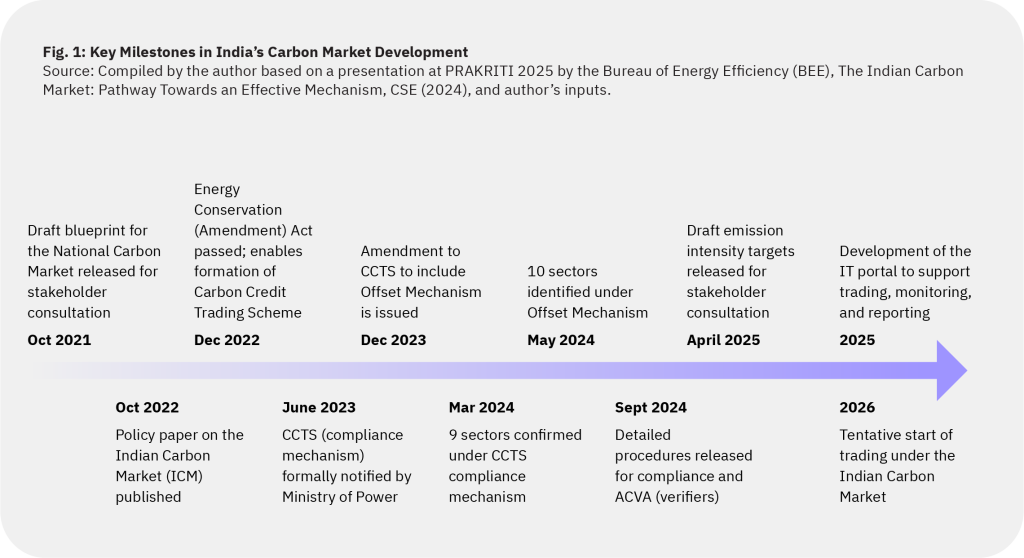Summary
India’s air pollution crisis cannot be solved without addressing key structural and institutional constraints, such as reforming our environmental regulatory regime – one that remains under-capacitated, poorly equipped, and under-funded. Previous works have examined their capacities, constraints, and performance in isolation to understand why frontline environmental regulators in India struggle to meet their mandate. Our new issue brief presents a comparative analysis of learnings from diverse air quality regimes and charts a roadmap for building a capable and forward-looking environmental regulatory regime in India.
We study how countries across the Global South and North, such as Brazil, China, Germany, Mexico, Poland, South Korea, and the USA, have built and reformed their air quality regimes, and what India can learn from them to address the challenges ahead. These countries were chosen to be comparable and relevant to India, and the group is therefore a mix of countries with large economies, a history of dealing with high air pollution, and rapid industrialisation coupled with high GDP growth. The varied source profiles, regulatory institutions, history of air pollution policymaking, and differing governance regimes (unitary vs. federal) in these countries also present differing approaches that could inform Indian policymaking on air quality.

We highlight trends and examples relevant to India – how countries set health-based standards, strengthen accountability for action, scale air quality monitoring, and manage airsheds.
Key Learnings
1. Science plays a fundamental role in establishing strict, health-based air quality standards
2. Strong focus on PM2.5 reductions through top-down or bottom-up approaches, depending on country contexts
3. Large increases in monitoring capacity alone may not necessarily yield spatial and temporal representativeness
4. Indian regulators are comparatively resource-poor
5. Airshed-level governance is gaining importance and requires nested governance
6. Accountability is a catalyst for sustained improvements in air quality






